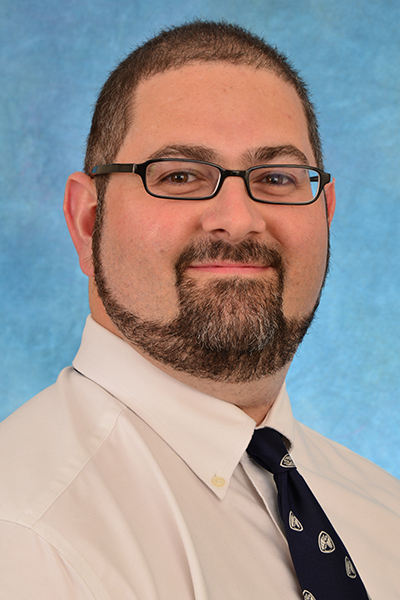
Guidelines for the diagnosis and staging of non-small cell lung cancer (NSCLC) from the American College of Chest Physicians and other groups are familiar clinical tools. However, clinicians may be less familiar with using those same guidelines to chart the future of lung cancer assessment and treatment.
“It is important to start thinking outside of what we already know,” said Jason Akulian, MD, MPH, assistant professor of pulmonary diseases, and critical care medicine and director of interventional pulmonology at the University of North Carolina School of Medicine. “We need to capitalize on our successes and focus on the limitations in our current paradigms and approaches to NSCLC.”
Dr. Akulian will cochair a case-driven assessment of what works well in lung cancer and what needs more work during A Guideline-driven Approach to the Challenges of Non-small Cell Lung Cancer Diagnosis and Staging on Monday, October 19, from 4:30 pm to 5:30 pm CT. The session will be available for on-demand viewing 24 hours later on the virtual CHEST 2020 meeting platform through January 18. Panelists will focus on peripheral lung biopsies, guided sampling techniques, and approaches to advanced disease.
“The conversation is really around what we know, what we don’t know, and what we should be thinking about trying to do better,” he said. “For peripheral lung biopsy, for example, our ability to access lesions has improved. However, we seem to have plateaued in terms of the size and region that we are going to biopsy. ‘What are some of the technologies that are available that are not being applied? Are there approaches that we should be applying, whether it’s a new technology or a new equipment base?’ ”
The same approach can be applied to treatment: What works, what doesn’t, what shows potential?
There has been a verbal push to consider therapeutic delivery to peripheral lung tissues, Dr. Akulian noted, and early steps toward novel energy or drug delivery approaches that need to be explored.
“But before we can reliably do either of those, we have to know that we really are where we think we are inside this organ that is moving every time someone breathes,” he said.
Ultrasound already delivers that kind of precise location information to guide needle biopsies, he continued. But guiding a biopsy needle to the correct location is only the first step.
Ensuring that clinicians can reliably obtain adequate samples remains a challenge. And just as sampling techniques can be improved, so too can diagnostic testing techniques. Current diagnostic techniques may be adequate for most purposes, but are there other approaches or paradigms that could be more effective?
Similar questions apply to therapeutic approaches. Patients with metastatic disease to the pleural space are currently considered stage IV. Palliative care is the standard approach.
“We have pretty good bodies of knowledge around how to palliate these patients,” Dr. Akulian said. “The bigger question is ‘How do we turn that space on its head? How do we develop it as a real-time diagnostic conduit? A therapeutic conduit? How do we leverage knowledge that is currently available or is experimental in ways that allow us to treat patients instead of just palliate?’ ”
“This session is when we ask the hard questions of ourselves,” he continued. “It is important that we, as a group, recognize where we’re good, where we aren’t as good as we think we are, and where we’re terrible. That’s how we see the opportunities to improve.”
Other presenters in this session include Kamran Mahmood, MBBS, FCCP, who will present “The Utility of Bronchoscopic Lymph Node Staging: What We Know and What We Don’t,” and Anne Gonzalez, MD, FCCP, chair, who will present “Peripheral Nodule Sampling: Progress Made, Lessons Being Learned.”





